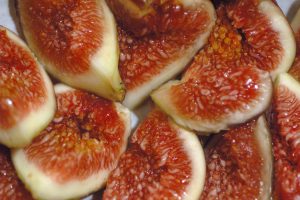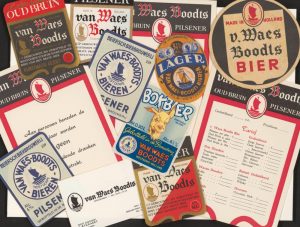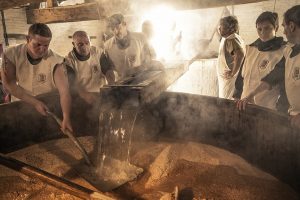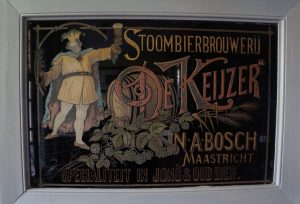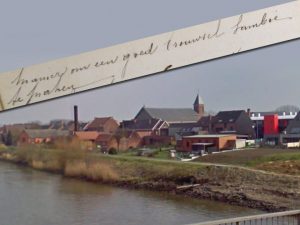Caves: another lost Belgian beer
 Time to look another long lost Belgian beer, this time from Lier, a nice old little town on the Nete river. It has quaint little streets in the beguinage, a beautiful old town hall, and a Medieval tower with an astronomical clock. Currently, it does not have its own brewery. It does however have a story to tell about historical beers.[1]
Time to look another long lost Belgian beer, this time from Lier, a nice old little town on the Nete river. It has quaint little streets in the beguinage, a beautiful old town hall, and a Medieval tower with an astronomical clock. Currently, it does not have its own brewery. It does however have a story to tell about historical beers.[1]





